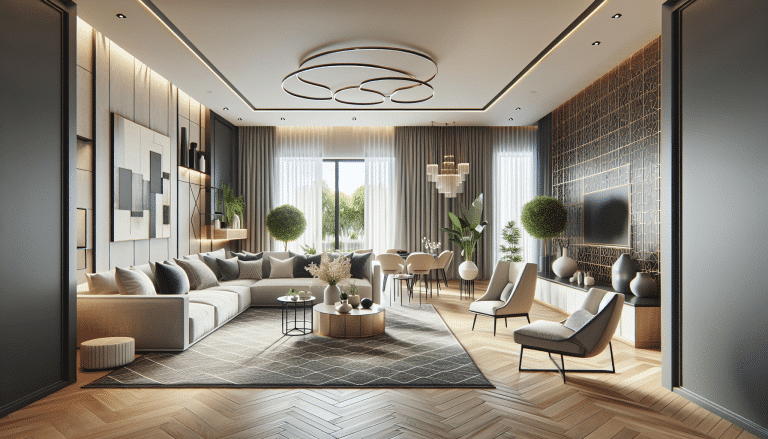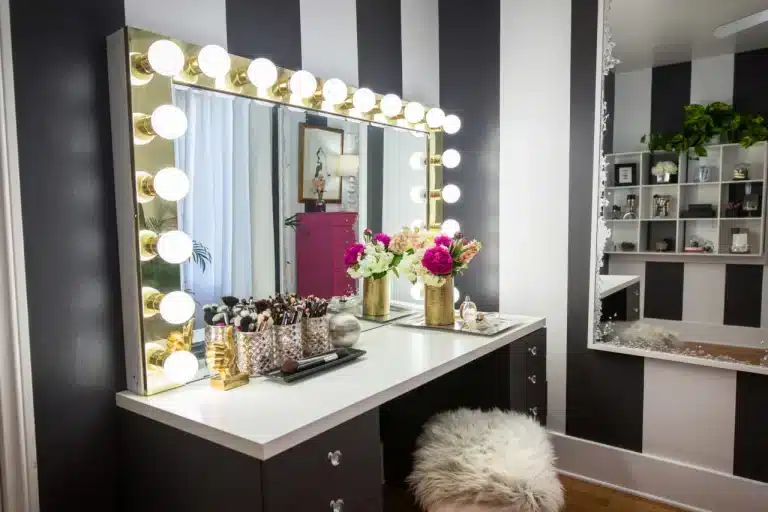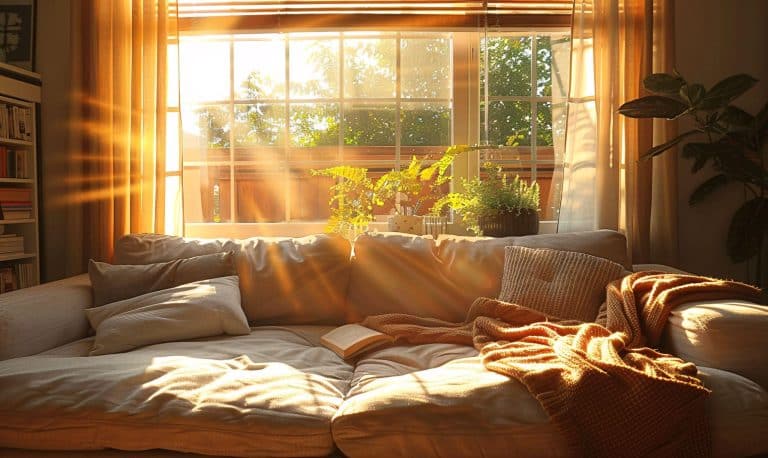Transforming a living room into a stylish space is not just about choosing the right furniture; it’s about creating a harmonious blend of colors, textures, and patterns that reflect one’s style. Whether it’s through the seamless integration of modern living room aesthetics, incorporating interior design principles, or strategically using home decor to enhance home interior design, the goal is to craft a space that feels both inviting and distinctly unique.
To achieve this, homeowners can explore various neon sign decor ideas, from the elegance of neutral color palettes to the vibrancy of jewel tones, and from the warmth of natural elements to the sophistication of contemporary designs. These choices not only define the space’s visual appeal but also its functionality and comfort, making the living room a perfect reflection of one’s taste and lifestyle.
Maximizing Space with Dual-Purpose Furniture
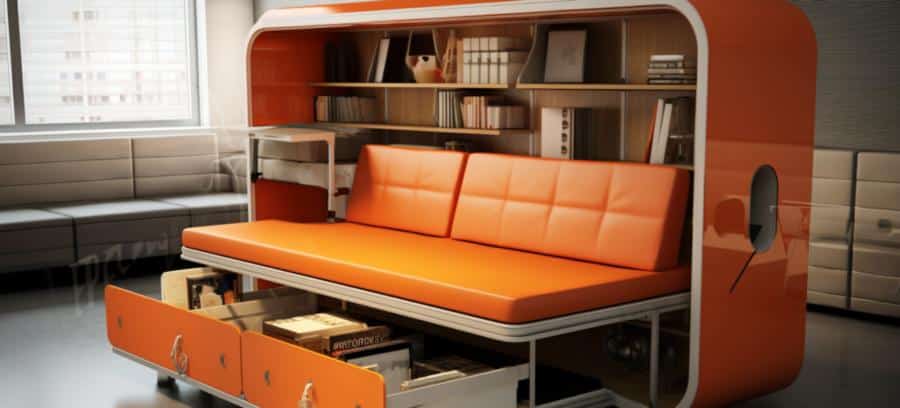
- Custom Low Storage Units: Spanning the entire length of the living room wall, these units function as both seating and storage, offering a sleek, clutter-free look.
- Multi-functional Sofas: A four-in-one sofa integrates a side coffee table, a fold-out dining table, and additional seating, making it ideal for small gatherings and daily use.
- Built-in Cabinetry: This option maximizes floor space by merging storage and style, fitting seamlessly into the living room’s decor.
- MoCrates Systems: These stackable cubes can be rearranged as side tables, coffee tables, media units, or bedside cabinets, adapting to immediate needs.
- Kitta Parts Shelving Systems: From Like Butter, these shelves adjust to lifestyle changes, ensuring your storage grows with you.
- Modular Sofas: They allow for easy reconfiguration, catering to different layouts and occasions in the living room.
- Space-Saving Desks and Chairs: Wall-mounted desks and foldable chairs can be concealed when not in use, freeing up valuable floor space.
- Adaptable Coffee Tables: These metal tables adjust in height to serve as coffee tables, dining tables, or desks, based on the need.
- The Squeeze Box: An economical design by Ben and Nancy, this piece serves as both a stool and a coffee table.
- Storage Bench Seats: Popular for their dual functionality, these benches offer both seating and storage solutions under one unit.
- Plywood Multi-use Bench: Acts as both a storage space and a TV unit, maintaining a minimalist appeal.
- Transformable Pieces: Items like Murphy Bed transform from a sofa into a queen-sized bed, exemplifying smart space utilization.
By incorporating these dual-purpose furniture pieces, homeowners can significantly enhance the functionality of their living spaces without sacrificing style, making every square foot count in their modern living room makeover.
Incorporating Natural Elements for a Refreshing Atmosphere
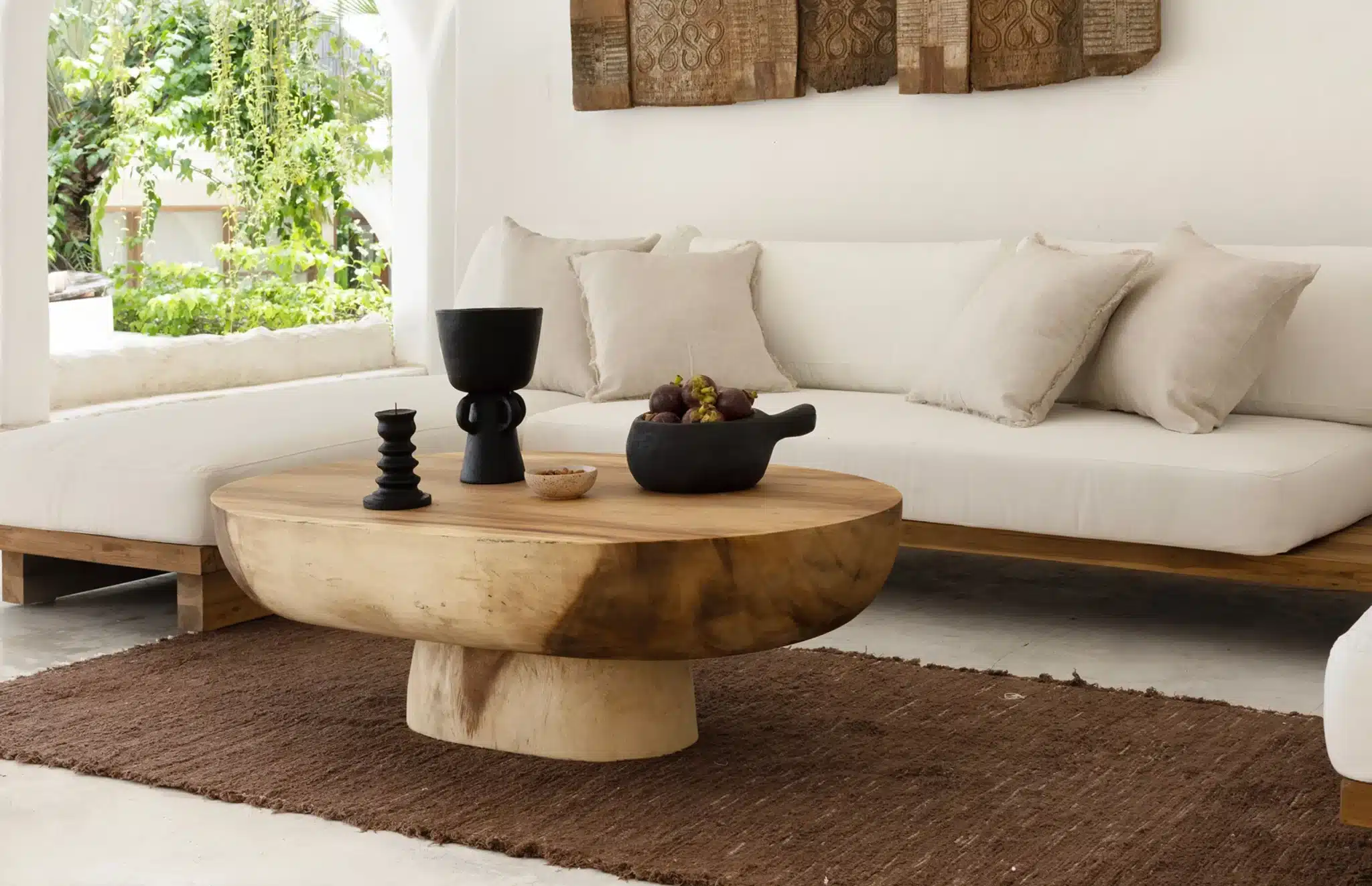
Biophilic design, which integrates natural materials and elements like plants and natural light, creates a seamless connection between indoor spaces and the natural world. This approach is not only sustainable but also beneficial for mental and physical health.
Natural Materials and Plants
- Sustainable Materials: The use of materials such as wood, stone, rattan, and linen adds a warm, earthy ambiance to the living room.
- Air-Purifying Plants: Adding indoor plants like snake plants and pothos helps in filtering out toxins and carbon dioxide, boosting both air quality and mood.
- Living Walls: These vertical gardens not only beautify the space but also enhance air quality and can be adapted for both indoor and outdoor settings.
Light and Color
- Maximizing Natural Light: Incorporate large windows or skylights and use sheer curtains to enhance the amount of natural light, which is vital for well-being.
- Nature-Inspired Color Schemes: Utilize colors like soft blues, warm browns, and soothing greens to paint walls and for decor to create a calming atmosphere.
Textures and Elements
- Natural Fiber Rugs: Rugs made from jute, sisal, or bamboo add texture and comfort to the living room floor.
- Water Features: Introduce elements like small indoor ponds or tabletop fountains to add a tranquil sound and the presence of water.
Decorative Accents
- Nature-Inspired Patterns: Use floral prints or leaf patterns on wallpapers and textiles to bring the outdoors inside.
- Natural Fragrances: Enhance the sensory experience by using essential oils or scented candles that evoke the outdoors.
Embracing these elements not only creates a refreshing atmosphere in the living room but also re-establishes a grounded connection with nature, making it a serene retreat within the home.
Neon Sign Resurgence: Elevating Home Decor Trends
In recent years, neon signs have experienced a remarkable resurgence, transcending their traditional commercial usage to become sought-after elements in home decor. With their vibrant hues and retro charm, neon signs inject personality and ambiance into living spaces, simultaneously evoking nostalgia and modernity.
From quirky phrases to intricate designs, these luminous artworks serve as focal points, sparking conversations and enhancing the overall aesthetic appeal of any room.
As homeowners increasingly seek unique ways to personalize their spaces, professional advice on aesthetic neon sign trends offers a versatile and customizable option, allowing individuals to express their individuality and creativity through light and color.
Whether adorning a cozy living room or illuminating a chic home office, the resurgence of neon signs represents a fusion of contemporary taste and timeless allure, elevating home decor trends to new heights.
Trendy Color Schemes and How to Select Them
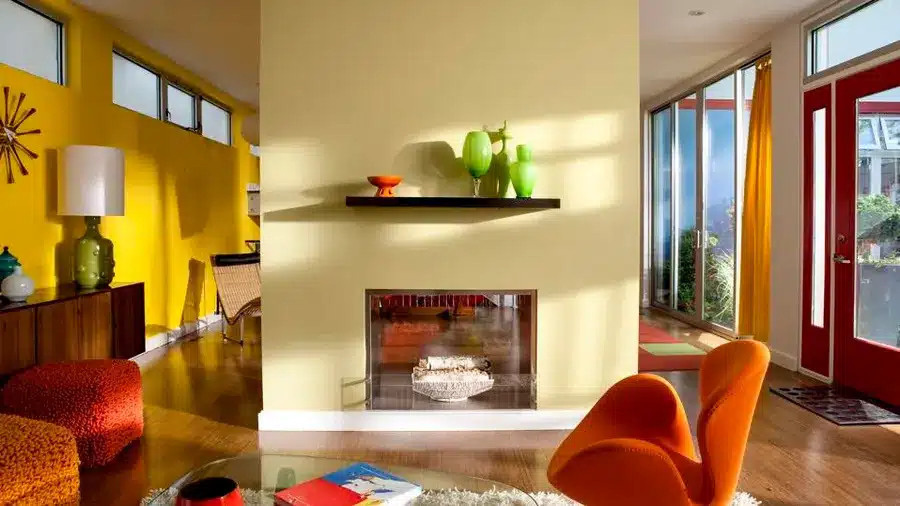
Consider the Room’s Purpose and Lighting
- Assess Natural Light: Rooms with plenty of natural light can handle darker or vibrant colors like navy or burnt orange, which might overwhelm a dimly lit room.
- Define the Room’s Function: Vibrant colors can energize a space used for entertaining, while softer tones like dusty rose or cloudy gray promote relaxation in a more subdued setting.
Use Color to Enhance Room Dimensions
- Expand Small Spaces: Light colors such as off-white or pastel tones can make a small room feel larger and more open.
- Cozy Up Large Areas: Deep colors like forest green or moody mahogany create a more intimate atmosphere in a spacious room.
Mix and Match with Confidence
- Start with a Neutral Base: Use neutral tones as a foundation, then layer with bold or contrasting colors through accessories and textiles.
- Add Depth with Textures: Combine different materials and finishes, like a matte wall with a glossy trim, to add complexity to monochrome schemes.
Incorporate Trending Color Combinations
- Bold and Bright: Pair poppy red with muted neutrals for a striking effect that maintains balance.
- Elegant and Understated: Blend shades of white and taupe with goldenrod accents for a sophisticated palette inspired by natural elements.
Create Emotional Impact with Color
- Warm Tones for Welcoming Spaces: Shades of amber, marigold, and terra cotta make a room feel inviting and cozy.
- Cool Tones for Serenity: Hues of blue and gray can transform a living space into a tranquil retreat.
Selecting the perfect color scheme for your living room involves more than just picking your favorite colors; it’s about creating a harmonious environment that reflects your style and meets your functional needs. By considering these aspects, you can ensure your living room is not only stylish but also a comfortable and welcoming space for all who enter.
Conclusion
Through exploring the multifaceted aspects of modern living room makeovers, from dual-purpose furniture to the incorporation of natural elements and sophisticated color schemes, this article has painted a comprehensive picture of creating a living space that is both practical and aesthetically pleasing. The journey has taken us through a myriad of decor ideas, highlighting how the right mix of functionality and design can transform any living room into a reflection of personal taste and lifestyle. In implementing these ideas, homeowners are equipped to maximize their space’s potential, ensuring it is not only inviting but also a true embodiment of modern living.
As we conclude, it’s clear that the essence of a stylish living space lies in its ability to merge practicality with personal style, fostering a welcoming environment that stands the test of time. The significance of these transformations extends beyond mere aesthetics, as they have the power to enhance daily living and overall well-being. With the foundation laid out in this discussion, the invitation is extended to readers to embrace these elements, bringing a touch of modernity and elegance into their living spaces. By doing so, one can create a living room that not only looks exceptional but also feels like a true home.

